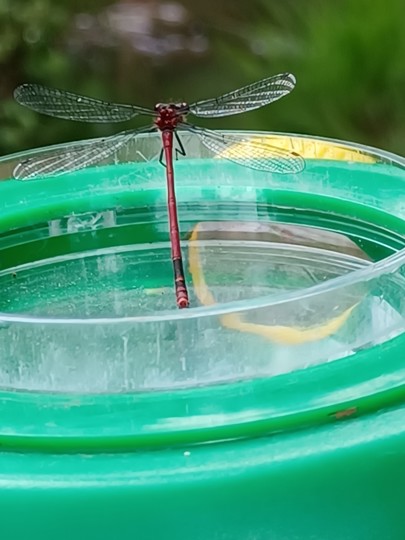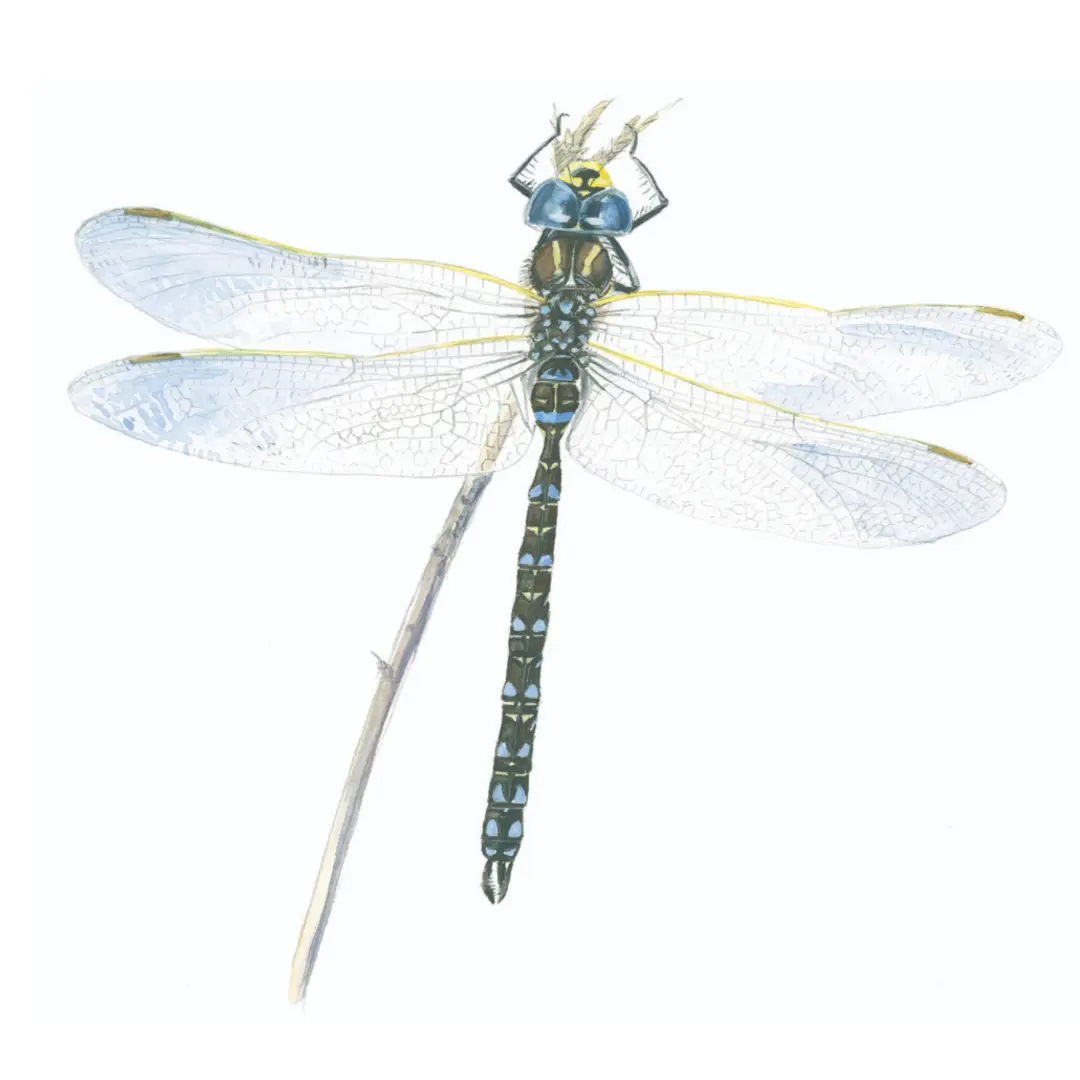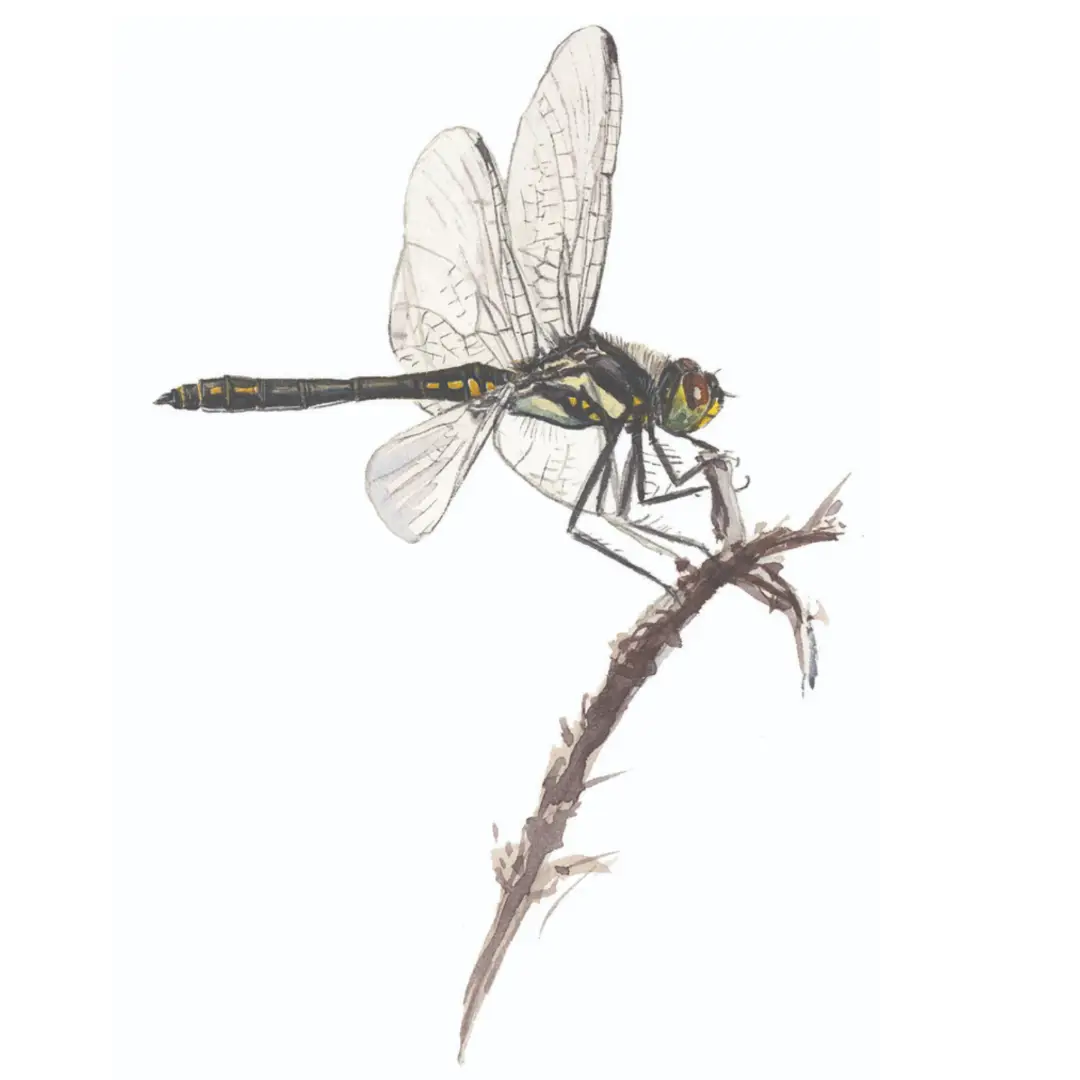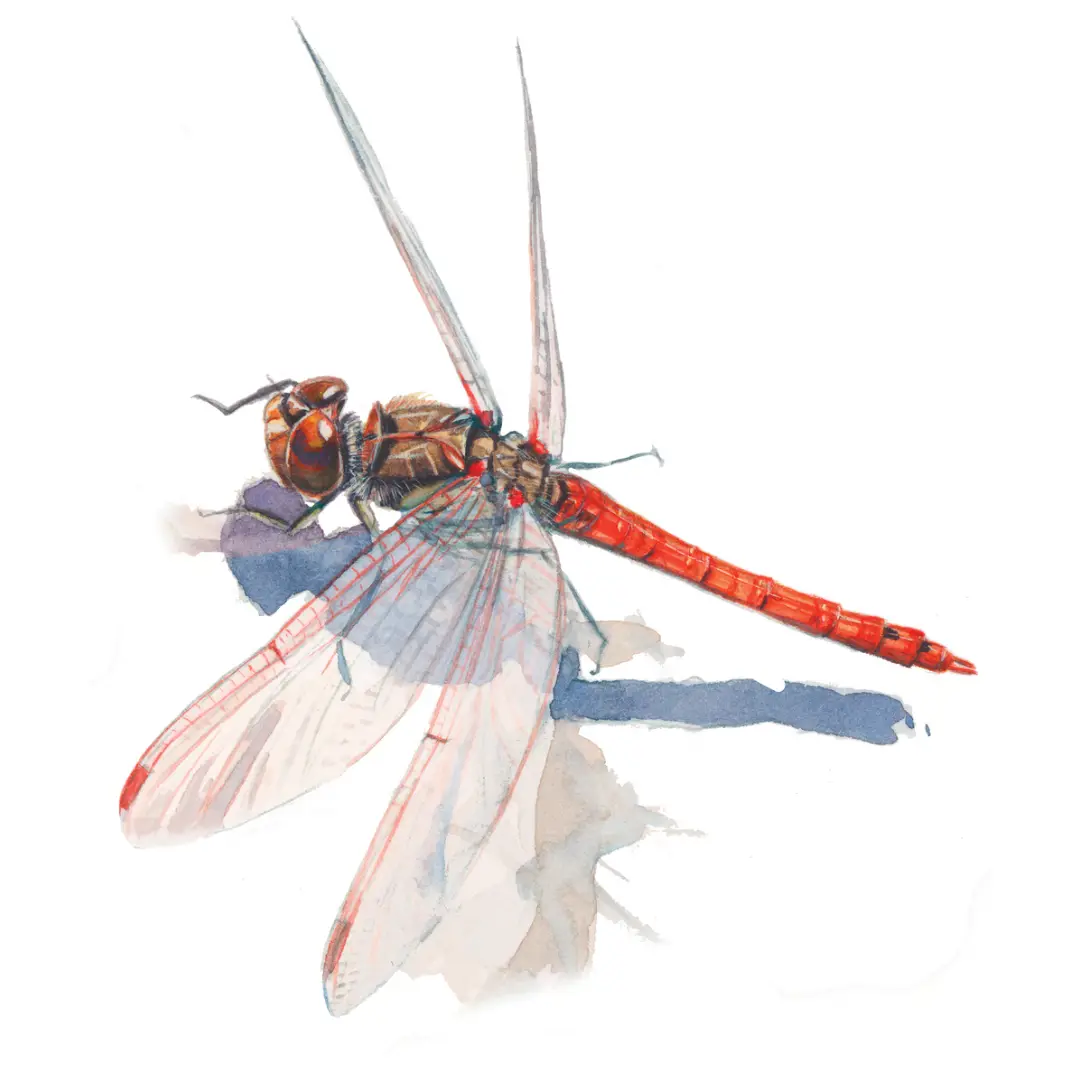Dragonflies, our jewels of the forest
Autumn is the tail end of dragonfly season in Scotland. But there's still time to catch a glimpse of these jewels of the forest!
Did you know that dragonflies can live for up to five years underwater as aquatic larvae before they emerge for a few weeks as an adult? Because they need clean water, they are a good indicator of the health of our wetlands.
Why not get outside and cheer them on as they hunt for midges and mosquitos, often catching them in mid-air.
Dragonflies at Devilla forest
Devilla forest is known for red squirrels and stunning pine trees, but it’s also one of the best places in Scotland to see dragonflies and damselflies. In fact, 12 different species have been spotted at Bordie Loch! Some of the common ones include:
One of the best ways to learn about dragonflies and damselflies is to go pond dipping. This adult-led activity is easy to do as a family or keep an eye out for events in your area. All you need is a net, a shallow container, a few spoons, and something to record your findings with. Don’t forget to wash your hands afterwards and make sure to be safe around water.

Other forests to find dragonflies

Uath Lochans
Known for shimmering pools and, of course, dragonflies — this is one of the prettiest woodlands in the area.

Cambus O’May
With pine, heather, and blaeberry this forest is a great place to see damselflies and dragonflies dancing over the water of the lochans.



